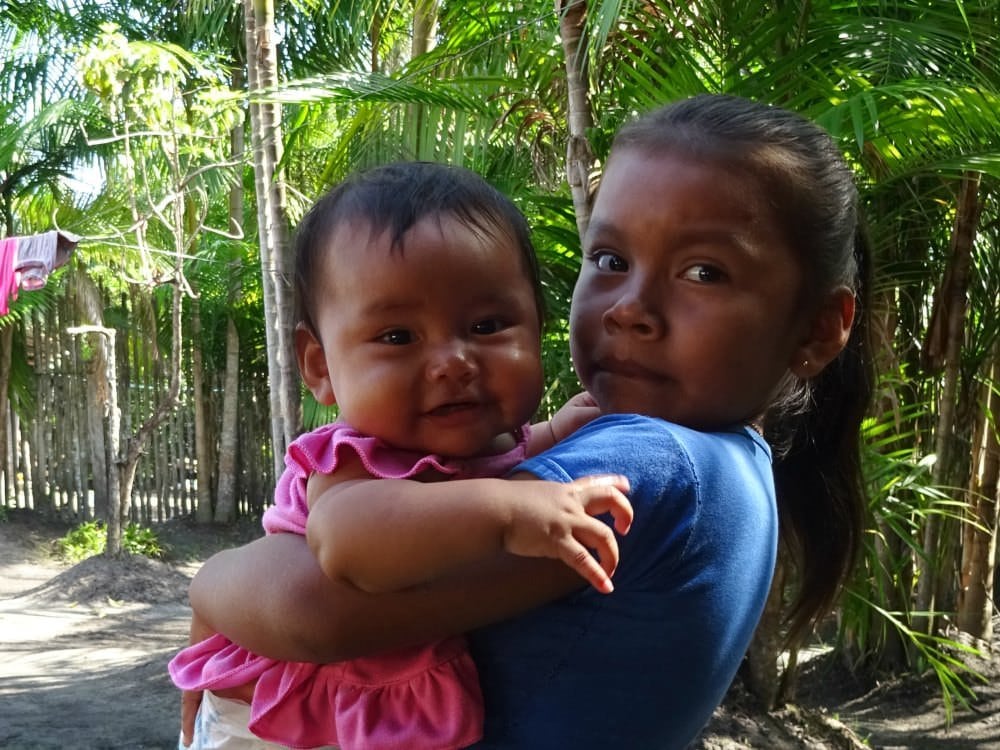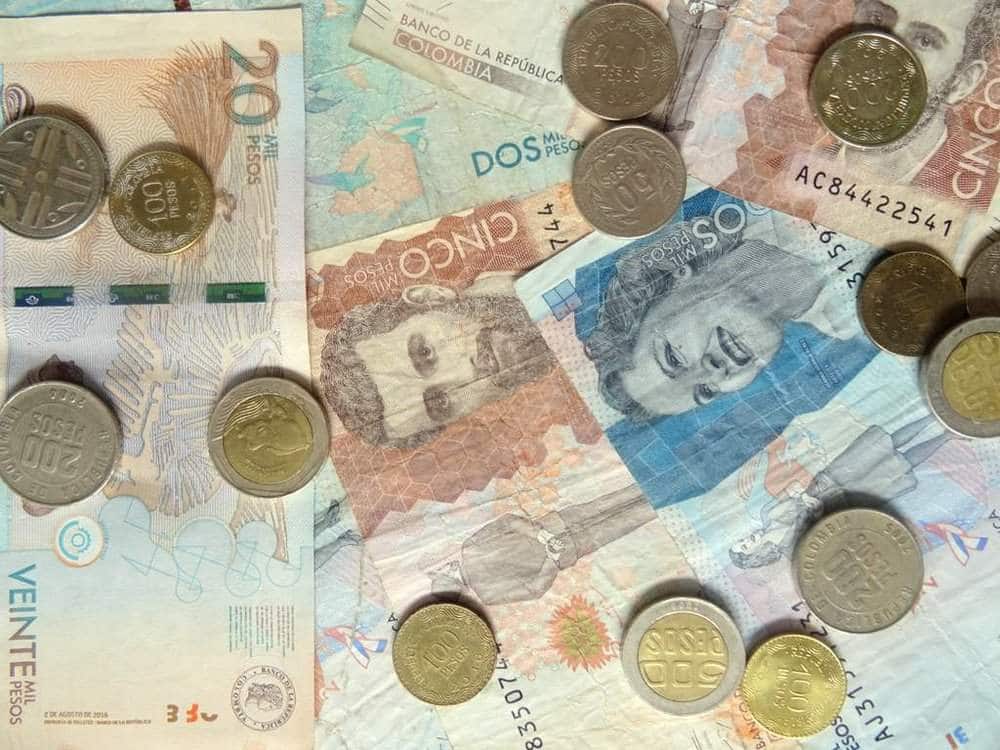Tips to Prepare your Trip to Colombia
A trip to Colombia always involve some preparations. Once you have already passed the stage of deciding on your itinerary and booking your hotels and tours, it is time to start planning the logistics.
Some of this logistics are essential for you to have a smooth and safe trip. In this post, we are going to elaborate on those things you need to know before you begin to set aside a Colombia tour package.
Health:
One of the most common questions we receive from travelers before their trips are regarding vaccinations. It makes sense, it is an important topic when preparing a trip abroad and unfortunately, the information online is usually vague, contradictory or exaggerated.
Moreover, we know there are some “Tropical Institutes” (entities in charge of giving healthcare related advice to travelers going to “tropical countries”) that are extremely exaggerated when advising travelers what vaccinations or medications to take before coming to Colombia.

The truth is that Colombia is a big country with a great variety of ecosystems. Describing Colombia as “tropical country” is not always correct. Bogotá, for example, is located at 2.600 meters above sea level. Far from the tropical jungles.
Therefore, your preparation regarding vaccinations and medications should consider the destinations of the Colombia tour packages that you want to visit.
If you are only visiting destinations located high up in the mountains, such as Bogotá, Medellin, Popayan, San Agustin, Tierradentro, Villa de Leyva or Cocuy, you do not need any special vaccination or medication for tropical diseases (like yellow fever or malaria).
In fact, yellow fever vaccination, which is the perhaps the most important of all, is only recommended if you are visiting remote jungle areas such as Casanare, Cerros de Mavecure, Bahía Solano, Ciudad Perdida, Caño Cristales or the Amazon Jungle.
Even though the yellow fever vaccination certificate is not mandatory to travel to Colombia at this moment, we do recommend you bring it with you. Especially if you are planning Colombia tour packages that involve visiting any of the above-mentioned destinations.
In contradiction to what some “Tropical Institutes” in Europe and the US recommend, we do not think it is necessary to take malaria pills during your trip to Colombia. The risk of getting malaria in Colombia is extremely little while the side effects of the pills might actually ruin your trip by not letting you sleep well and giving you horrible nightmares.
That being said, it is very important to note that it is essential you use a good mosquito repellent at all times while you are on the risky areas. We recommend you bring a repellent with a high level of Deet from your home country. Otherwise, local brand “Nopikex” is an excellent option and you can find it in any pharmacy throughout the country.
To summarize, the vaccinations we advise you to have if you are traveling to Colombia are Yellow fever (only for if you are going to remote jungle areas), Hepatitis A and B, Tetanus, and Diphtheria (which you probably already have).
One of the most common diseases travelers gets while visiting Colombia is the so-called “travelers´ diarrhea”. This usually happens due to the fact that your stomach is not used to the type of food we eat in Colombia.
If you get “travelers´ diarrhea” during your trip, we recommend you try eating bananas, dry crackers and drink lots of water until diarrhea stops.
Another typical health condition that affects travelers, is sunburn. Most people are careful about this while they are at the beach or in hot places. However, many tourists don’t know that in high-altitude places, the radiation is a lot stronger and you can easily get badly sunburned even in a cold and cloudy day.
The best advice we can give you for your trip to Colombia is to use sunscreen every day. Ideally, one that is above 30 SPF. Believe me, you don’t want to be sunburned on day 2 of your holidays in Colombia and have to travel 2 more weeks with a painful skin.

Luckily for tourists, Colombia has a very good healthcare system. Perhaps the best one in South America. Doctors are very well trained (even those working in remote areas and little villages) and there are good hospitals almost everywhere in the country. In bigger cities such as Bogotá, Medellin, Cali, Cartagena or Bucaramanga, there are excellent and modern hospitals that have nothing to envy those in the USA or Europe.
Money:
The Colombian Peso (COP) is the local currency and will make you feel like a millionaire (1 million COP is around USD 330).
Unfortunately for travelers, it is not that easy to get used to the Colombian currency. You will find different types of coins and bills as both the old and new ones are currently circulating.
The smallest coin is COP 50 and is followed by coins of 100, 200, 500 and 1.000 COP. There are also bills of 1.000, 2.000, 5.000, 10.000, 20.000, 50.000 and 100.000 available.
The COP is not very stable so check updated currency exchange rates online. At the time of writing, 1 EUR was worth around 3.500 COP (1 USD was worth around 3.000 COP), which is the price of a local beer in Colombia.
ATMs are widely accessible in Colombia. You will be able to find one easily in most of the tourist destinations. Some remote places such as Tierradentro or Bahía Solano are the exception.
Most ATMs work fine with foreign cards but sometimes you might have to try 2 or 3 before you find one that works with your card. ATMs of Banco de Bogotá and BBVA seem to be the ones with the best coverage of foreign cards.
Unfortunately, there is usually a very low limit for cash withdrawals in ATMs per transaction. Most ATMs will only allow you to take out up to COP 300.000 per transaction.
As most of the times you will need more than that amount, you will have to withdraw the maximum amount several times. However, don’t forget that banks charge a fee per transaction, so taking cash out many times, might end up being an expensive option.
ATMs of Scotiabank Colpatria, and Davivienda are the only ones that usually allow you to take a higher amount of cash per transaction (around COP 600.000). Even though this is not a rule of thumb, we would advise you to give them a try before trying out the ATMs of other banks. It will save you some money.
Credit cards are common in big cities and touristic areas. You shouldn´t have any issue paying with your VISA or MASTER cards in hotels and restaurants in these places. American Express cards are less accepted in Colombia than the other two, but this is changing rapidly

When paying with your credit card, you have to show your ID so that the commerce can verify you are the owner of your card. You will also be asked in how many instalments you would like to divide the payment (“¿a cuántas cuotas?”). This is because Colombian customers can choose to divide the payment over one to 24 months. This does not apply for foreign cards, so you should just answer “one” (“una cuota”).
In villages and remote areas, as well as in markets and little shops, cards won’t be accepted and you will have to pay in cash. Therefore, it is a good idea to have some Colombian pesos with you at all times.
Our advice to those who choose Colombia tour packages is to bring a mix of cash and bank cards. Where ever you can, you should try to pay by credit card, but as that is not always an option, you should carry cash too.
There are two handy ways to get these Colombian pesos. The first option is to exchange your USD or your EUR in an exchange office (“Casa de Cambio”) and the second one is to withdraw cash from an ATM.
“Casas de Cambio” are easy to find in big cities and airports, but they usually offer a bad exchange rate. ATMs are also easy to find, but they have very low withdrawal limits so you will end up paying quite some fees to the banks.
We recommend you do a combination of the two. Bring some USD or EUR and change them into COP on arrival, in El Dorado airport or at your hotel. Avoid changing them with people in the streets. When you are running low on that cash, start withdrawing from ATMs.
Don’t forget to let your local bank know that you are coming to Colombia so they make your cards available for use during your trip.
What to pack:
The last of the most common questions we receive at Lulo Colombia is: “I am going to travel to Colombia, what should I bring?
Well, it depends what parts of Colombia you are going to visit. If you are going to travel around different areas and altitudes, our advice is the following:
First of all, don´t forget your international passport. Make sure it doesn’t expire within 6 months from your arrival in Colombia or you won’t be allowed in.
Other important things to pack are: mosquito repellent, sunscreen, universal plug for your electronics, anti-diarrhea medication, a smaller backpack for walks and activities, sunglasses, a cap or hat for the sun, waterproof protection for your camera, comfortable shoes, layers of clothing to be prepared for the different climate zones, and a student card if you are under 26.

You can find all these items in Colombia for a cheap price, but you will have to spend quite some time looking for them. Therefore, we recommend you bring them with you from your home country.
Finally, don´t forget to try to travel light. Getting your clothes washed is easy and cheap in Colombia so avoid traveling with too many clothes. Some local airlines, especially those flying to remote areas such as Bahía Solona, Caño Cristales, San Agustín and Cerros de Mavecure, only allow you to take 1 bag of maximum 15 kilos.
When booking Colombia tour packages with Lulo Colombia, we make sure you get perfectly prepared for your trip by providing you with detailed information on what to bring and how to prepare for each of the destinations you are visiting throughout your trip. We also give you 24/7 support during your time in Colombia to make sure your trip happens as planned and to avoid any potential health or financial issue.
